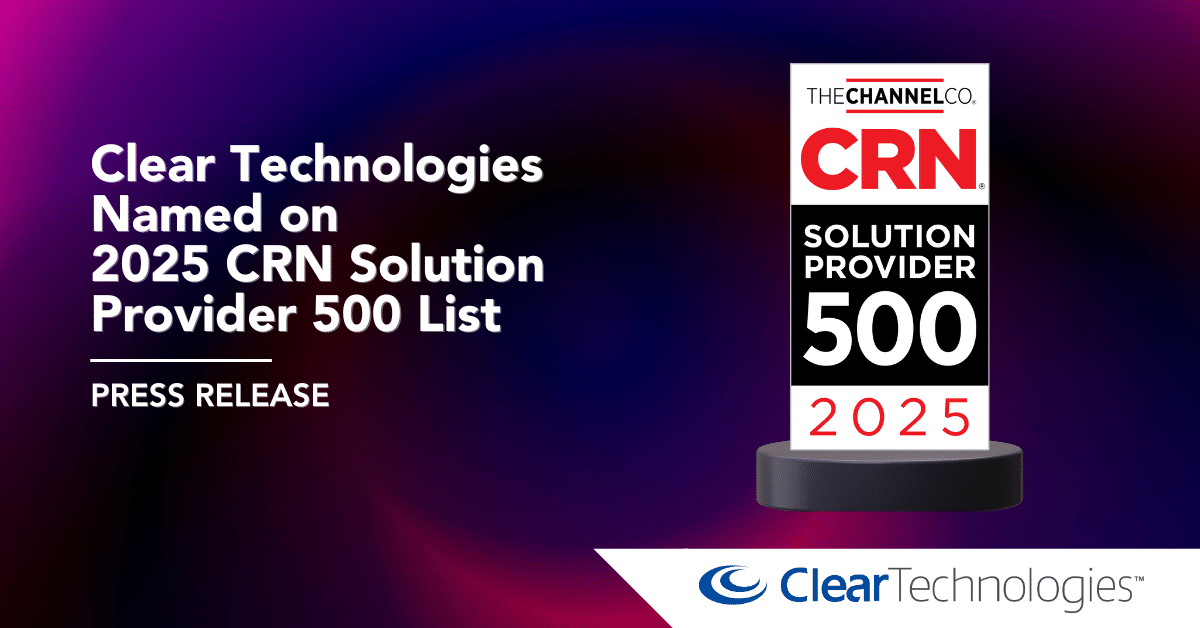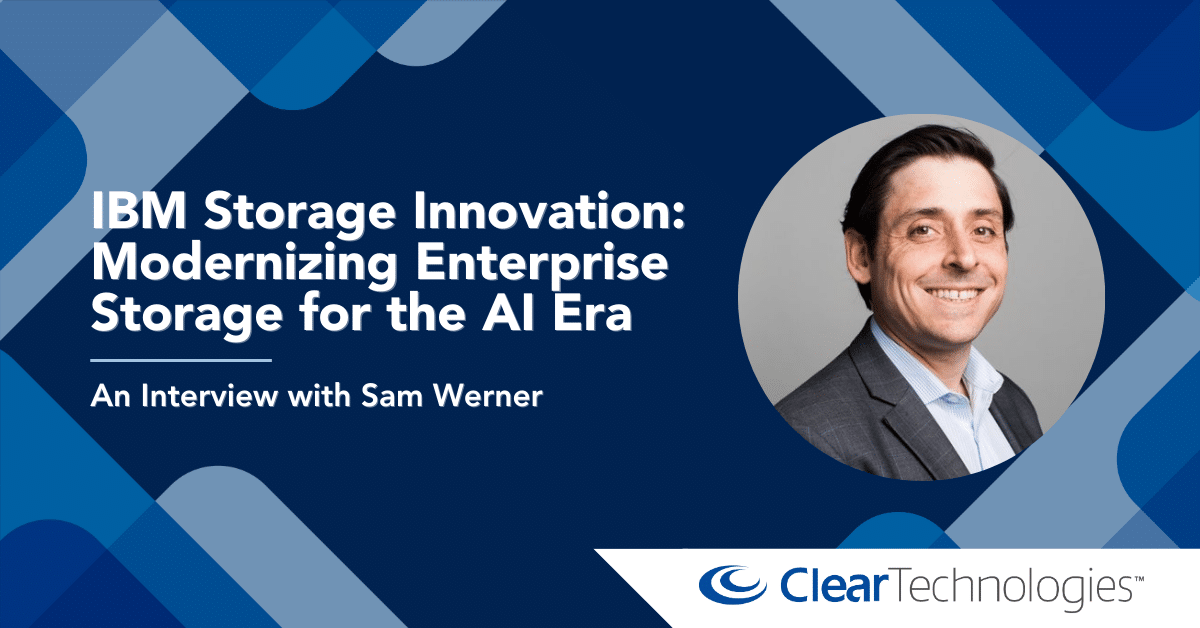Share this:
With the seemingly exponential growth of data storage, it’s no surprise that storage can take up quite a bit of the company’s bottom line. Forbes polled executives in 2020 and found that 30% of cloud spending is wasted. It’s a good bet that a large amount of this loss is from the storage area network (SAN).
Beyond the price of storage arrays, there are also expenses relating to expansion, maintenance, redundancies, and unused data. The fact that data comes in from different sources and formats, and is unorganized, only adds to the overall cost.
THE ROLE OF Visual One
Visual One Intelligence® provides a single pane of glass reporting for all storage arrays within the company SAN, regardless of vendor or manufacturer. Data throughout the network is normalized and sent back to administrators via visual reports, providing a clear, organized picture of the SAN. From this point, the act of optimizing the SAN can begin in earnest.
LET’S START WITH ASSESSMENT
The first step to optimizing the SAN is to see what comprises the entire storage ecosystem. Detailed reports are run on all existing storage areas to determine how much storage is at each location, the ratio of unused and used storage and if the storage high performance or high capacity.
Then, it’s time to move on to capacity planning and forecasting. A flash analyzer will be used to identify specific workloads that would benefit from being hosted on a flash storage array. A health check will determine if all existing storage arrays are configured correctly and communicating with each other. Additionally, Visual One machine learning will troubleshoot your SAN to quickly identify the root causes of problems.
LUNs (logical unit numbers) will be assigned throughout the network to establish all available data storage and recovery routes. Alternative pathways are then implemented to prevent any partial failures. The entire SAN will be thoroughly analyzed, and then all steps will be repeated for each individual storage array.
Administrators will analyze the data from detailed reports to determine what room your SAN has for future expansion.
NOW IT’S TIME TO OPTIMIZE
By performing file-level analysis with Visual One throughout the SAN, the most used and unused data can be assigned different storage arrays. The data that is most often used will be put on the highest performing storage arrays. Meanwhile, mostly unused storage can be placed in separate arrays or also allocated to solid-state drives or hard disks – less expensive storage array options.
With a combination of Visual One machine learning tools and manual mechanisms, it’s time to move on to provisioning. Integrated analytics across core storage arrays and cloud environments will provide the clarity needed to provision correctly across the whole SAN as well as all connected devices to the network.
Data compression will identify and eliminate statistical redundancy, helping to clear out more available storage space across arrays. Orphaned space can be reclaimed and repurposed for current needs and future requirements.
For the last step, it’s time to gather storage consultants to determine the best cloud migration strategy. Cloud storage is highly recommended as it helps boost speed, performance, and scalability along with providing maintenance duties, enterprise-level security, and disaster recovery.
IT’S TIME TO OPTIMIZE YOUR STORAGE!
Start the conversation with a Clear Technologies SAN expert. Access your virtual storage intelligence assessment here!



